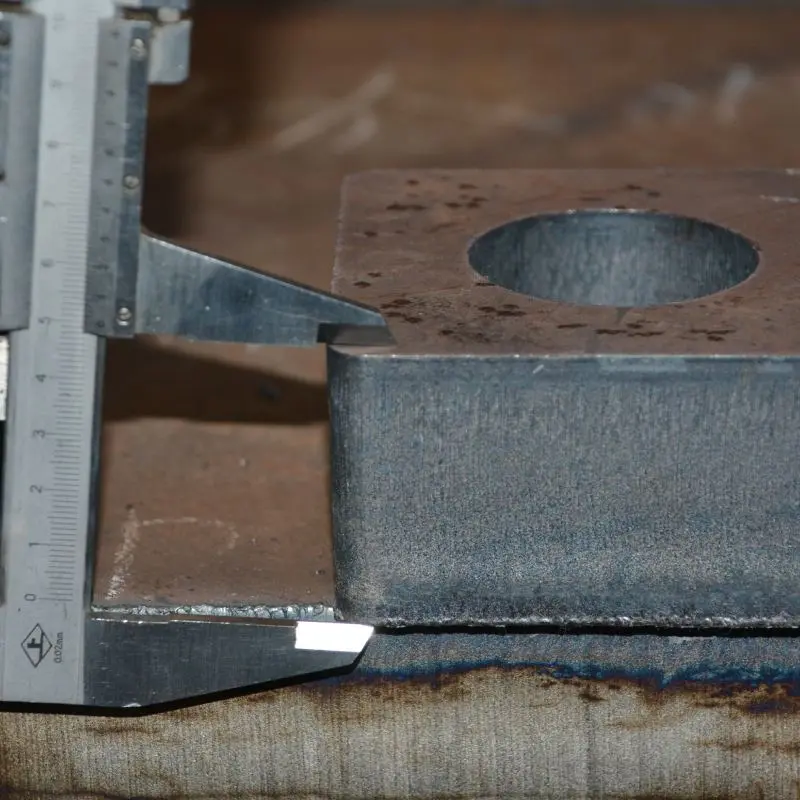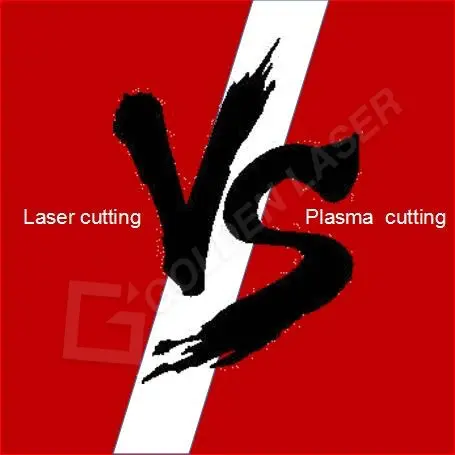In the ever-evolving landscape of manufacturing, the introduction of advanced machinery has revolutionized the way companies operate. One of the critical innovations in this domain is the plate cutting machine. These machines have become an indispensable tool in various industries, including metalworking, construction, and fabrication. Their ability to efficiently slice through thick materials has not only increased productivity but has also significantly enhanced the precision of cutting operations.

Exploring the Efficiency and Versatility of Plate Cutting Machines in Modern Manufacturing Processes
Plate cutting machines are designed to cut a variety of materials, including metals, plastics, and composites, making them versatile solutions for many engineering applications. Unlike traditional cutting methods that may produce uneven edges or require lengthy processes, plate cutting machines offer a streamlined approach that minimizes waste and reduces the chances of human error.
Types of Plate Cutting Machines
In the realm of plate cutting machines, several types cater to different needs and applications. These include:
1. **Plasma Cutting Machines:** Utilizing a high-velocity jet of ionized gas, plasma cutters allow for precise cutting of thick materials. They are particularly favored in steel fabrication due to their speed and ability to handle a range of thicknesses.
2. **Laser Cutting Machines:** Known for their accuracy and cleanliness, laser cutting machines employ focused beams of light to cut through materials. This method provides fine detailing, making it ideal for intricate designs and small parts often needed in electronics and automotive applications.

Exploring the Efficiency and Versatility of Plate Cutting Machines in Modern Manufacturing Processes
3. **Water Jet Cutting Machines:** Using a high-pressure stream of water mixed with abrasives, these units are capable of cutting through most materials without generating heat, thus reducing the likelihood of thermal distortion. Water jet machines are often used in industries where material integrity is paramount, such as aerospace and food processing.
4. **Oxy-Fuel Cutting Machines:** Commonly used for cutting thicker steels, oxy-fuel machines combine oxygen and a fuel gas to achieve a high-temperature flame that can efficiently slice through metals. This method is widely employed in the construction sector.
Advantages of Plate Cutting Machines
The advantages of utilizing plate cutting machines are numerous and impactful:
– **Increased Efficiency:** Automated plate cutting can drastically reduce the time required for cutting processes, enabling companies to maximize output while minimizing labor costs.
– **Enhanced Precision:** With advanced control systems and software integrations, these machines can consistently deliver high-quality cuts. This precision is vital in sectors where tolerances are strict and mistakes can lead to significant losses.

Exploring the Efficiency and Versatility of Plate Cutting Machines in Modern Manufacturing Processes
– **Material Savings:** Efficient cutting techniques reduce waste material, which is both economical and environmentally friendly. The ability to nest cutting paths ensures that minimal leftover material is produced, optimizing resource usage.
– **Versatility:** As mentioned, plate cutting machines can handle a wide range of materials, including different grades of steel, aluminum, and plastics. This versatility allows companies to take on various projects without investing in multiple types of machinery.
– **Safety Features:** Modern plate cutting machines are equipped with numerous safety features, including automatic shut-offs and ventilation systems. These advancements help to protect operators from potential hazards associated with cutting.
Applications
Plate cutting machines are used across a myriad of industries. In construction, they are essential for fabricating beams and other critical structural components. In automotive manufacturing, they aid in producing parts and components that require high precision and durability. The aerospace industry relies on these machines to fabricate lightweight yet strong components essential for aircraft safety and performance.
Conclusion
As technology continues to advance, the capabilities of plate cutting machines are likely to expand further, incorporating even smarter automation and enhanced materials handling. For businesses looking to remain competitive in today’s manufacturing environment, investing in a plate cutting machine may not just be an option; it could very well be a necessity. By embracing these machines, companies can improve their operational efficiency, cut costs, and meet the increasingly rigorous standards of their industries. As such, plate cutting machines are set to play a critical role in the future of manufacturing, shaping how products are made and how industrial processes evolve. Dual Function Nlight Fiber Laser Cutter
